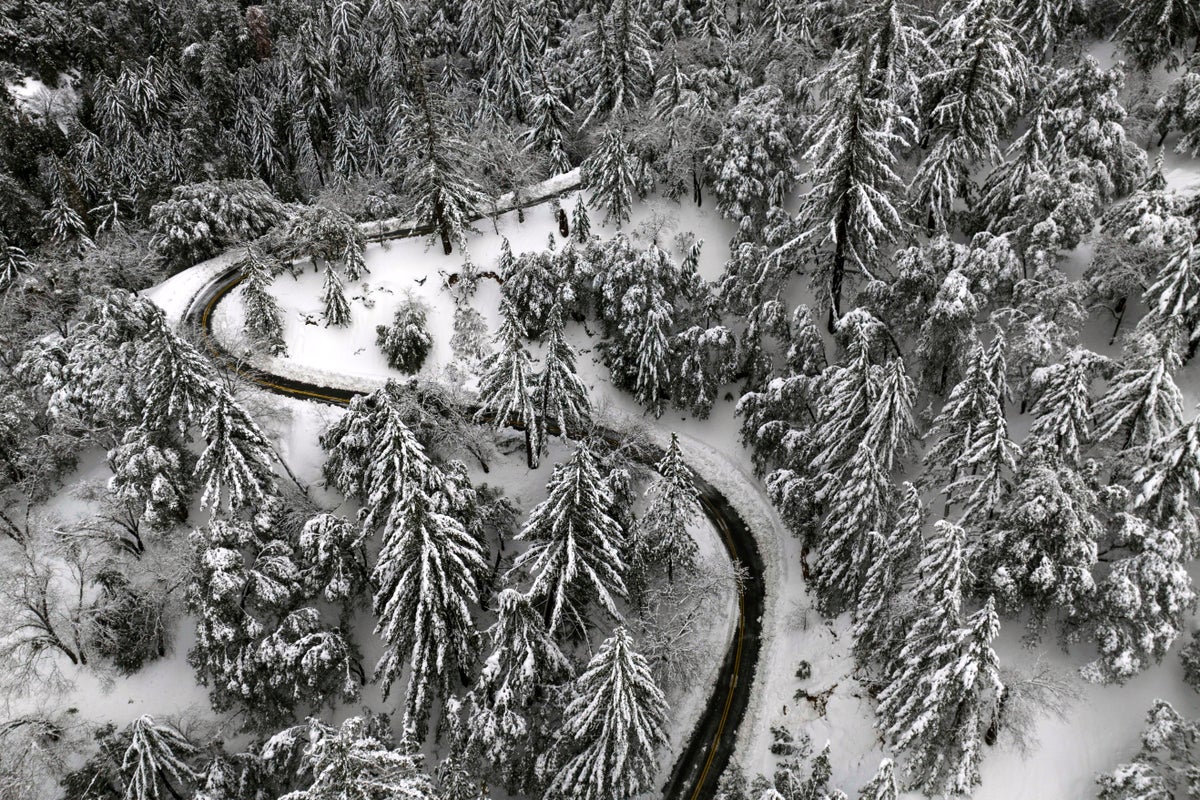
Tremendous rains and snowfall since late last year have freed half of California from drought, but low groundwater levels remain a persistent problem, U.S. Drought Monitor data showed Thursday.
The latest survey found that moderate or severe drought covers about 49% of the state, nearly 17% of the state is free of drought or a condition described as abnormally dry. The remainder is still abnormally dry.
Just three months ago virtually all of California was in drought, including at extreme and exceptional levels. Water agencies serving millions of people, agriculture and industry were told to expect only a fraction of requested allocations.
The turnabout began with a series of atmospheric rivers that pounded the state from late December through mid-January, building a huge Sierra Nevada snowpack. After a few largely dry weeks, powerful storms returned in February. Water authorities began boosting allocations.
The monitor shows three regions have received the most benefit from copious precipitation, including snowfall measured in feet rather than inches.
The central Sierra and foothills are now free of drought or abnormal dryness for the first time since January 2020, the monitor said. The central coast from Monterey Bay to Los Angeles County is also now drought-free, along with two counties on the far north coast.
“The rain has improved California soil moisture and streamflow levels, while the snow has increased mountain snowpack to much above-normal levels,” the monitor said. “Most California reservoirs have refilled with water levels near or above average, but groundwater levels remain low and may take months to recover.”
The water content of the Sierra snowpack, which provides about a third of California's water, is more than 160% of the historical average on April 1, when it is normally at its peak, according to the state Department of Water Resources.
The U.S. Drought Monitor is a joint project of the National Drought Mitigation Center at the University of Nebraska-Lincoln, the National Oceanic and Atmospheric Administration and the U.S. Department of Agriculture.






